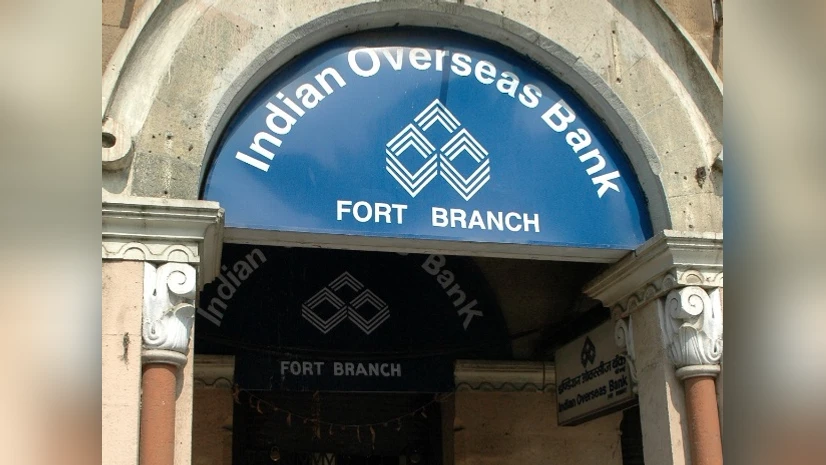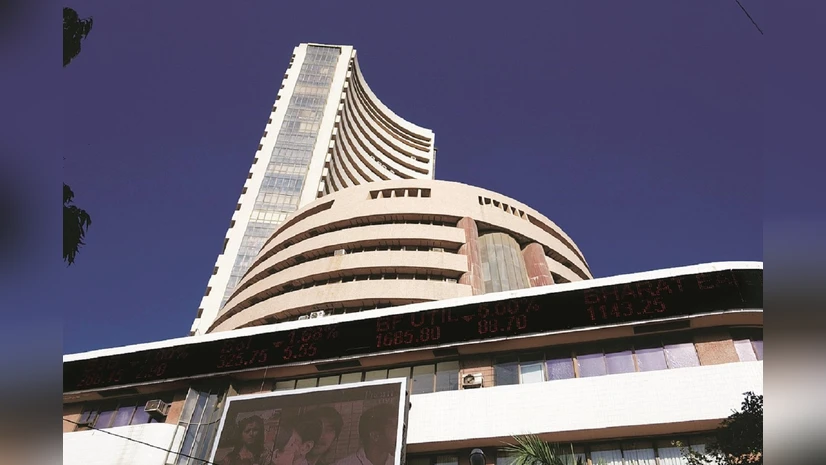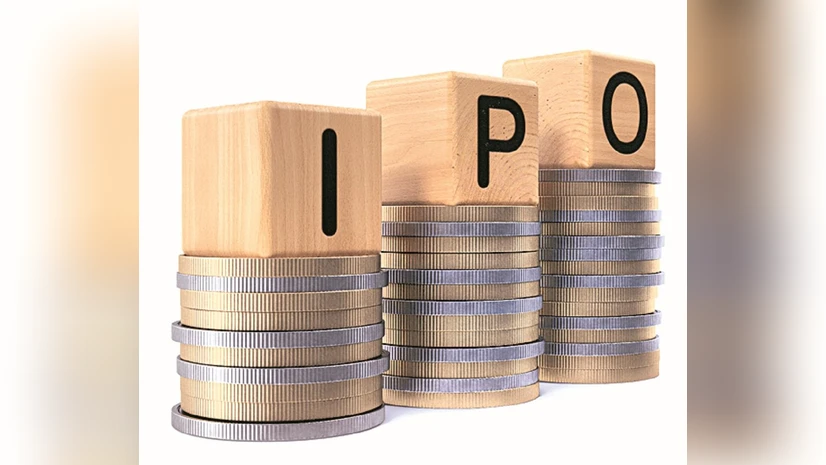The recent Rupee’s fall to a record 88.45 against the US Dollar has caused concern, but experts suggest a surprising turnaround may be on the horizon. India’s currency recently touched a fresh low of 88.45 per US dollar. Despite this, analysts at YES Securities believe the domestic currency has limited room for further decline and could even bounce back. They argue that the Rupee’s rapid decline in August and September has pushed it into “oversold” territory.
The brokerage firm stated, “Indian rupee’s slide past the 88-mark largely reflects US tariff-driven sentiment rather than a deterioration in India’s underlying fundamentals, suggesting limited room for further depreciation.”
Essentially, the current weakness in the Rupee is more about market sentiment reacting to US tariffs than actual problems with India’s economy. A weaker Rupee can make imported goods, like oil and electronics, more expensive for Indians. Conversely, it can make Indian exports cheaper and more competitive globally.
Why the Recent Rupee’s Fall is Not a Major Concern
YES Securities believes this recent weakness is not a major worry because India’s economic safeguards remain strong. They see the slide as “sentimental,” rather than a true reflection of India’s financial health.
- No Structural Overvaluation: The Real Effective Exchange Rate (REER), which measures a currency against a basket of others, stood at 100.07 in July 2025. This is below its long-term average of 103.2, indicating the Rupee is not structurally overvalued. It might even be undervalued after its sharp fall in August.
- RBI Intervention: The Reserve Bank of India (RBI) is actively managing volatility by intervening in both spot and non-deliverable forward (NDF) markets. This helps stabilize the currency.
- US Dollar Weakening: Global factors, especially the expected easing of monetary policy by the US Federal Reserve (Fed), are likely to weaken the dollar. A weaker dollar generally helps other currencies, including the Rupee.
“The current depreciation is a temporary blip, not a structural issue. India’s economic resilience provides a strong foundation for the Rupee’s eventual recovery,” says Dr. Priya Sharma, Chief Economist at Global Financial Analytics.
Key Reasons Why the Rupee May Stabilize and Rebound
The Indian Rupee faced significant pressure after US President Donald Trump imposed additional tariffs on Indian imports, effective August 27, 2025. These tariffs aimed to penalize India for its trade barriers and purchases of Russian oil. Forex traders reacted by buying dollars, fearing a reduction of $20-30 billion in India’s US exports, which could shave 40-50 basis points off India’s real GDP growth. However, several factors suggest a rebound is likely.
Fair Valuation Signals from REER
As mentioned, the REER for the Rupee was 100.07 in July, significantly below its 103.2 long-term average. This confirms the domestic currency is not “structurally overvalued,” suggesting its recent decline makes it more attractive.
Falling Domestic Inflation
India’s consumer price index (CPI) inflation is expected to average around 3.1% in FY26. However, with retail inflation at 1.5% in July 2025, a downward revision is possible. Cuts in the Goods and Services Tax (GST) will also help lower prices, creating a favorable base effect until H1FY27.
YES Securities anticipates a 25-basis-point rate cut by the RBI during FY26. Even with this, real interest rates are expected to remain attractive at 1-1.25%, supporting currency stability.
Resilient Fundamentals Support the Rupee’s Stability
Despite tariff headwinds, several factors bolster India’s strong fiscal position and limit downside risks to the Rupee:
- Strong Services Exports: Robust services exports are expected to offset the impact on tariff-hit merchandise exports to the US. This keeps the current account deficit (CAD) comfortably below 1% of GDP, estimated at 0.7%.
- Benign Crude Oil Prices: Favorable crude oil prices further ease external financial pressures. While sanctions on Russian crude could raise import bills by $3 billion, the overall impact on the Rupee would be limited.
- GST Rate Rationalization: Adjustments in GST rates could boost real GDP growth by 30 basis points annually, with a 15-basis-point rise expected in FY26.
- Record Forex Reserves: India’s foreign exchange reserves are at a record $694 billion, providing a substantial buffer against external shocks.
US Fed’s Dovish Pivot
The Trump presidency’s trade policies and immigration rules are reportedly impacting the US jobs market. Markets now anticipate five interest rate cuts by the US Fed over the next 12 months, a significant shift from earlier predictions.
This expected “dovish pivot” by the Fed, combined with likely declining US 10-year yields, will widen the interest rate difference between India and the US. A weaker dollar and a higher India–US yield gap should attract foreign portfolio investments into Indian bonds and equities, easing funding pressures and giving the Rupee room to rebound.
What Happens Next for the Rupee?
Analysts at YES Securities believe the probability of USD/INR sustaining above 88 is low. Instead, a stabilization in the 86.5–88 band appears more plausible. This outlook holds true unless there’s a fresh escalation in tariff or geopolitical risks, suggesting a period of calmer trading ahead for the Indian Rupee.








